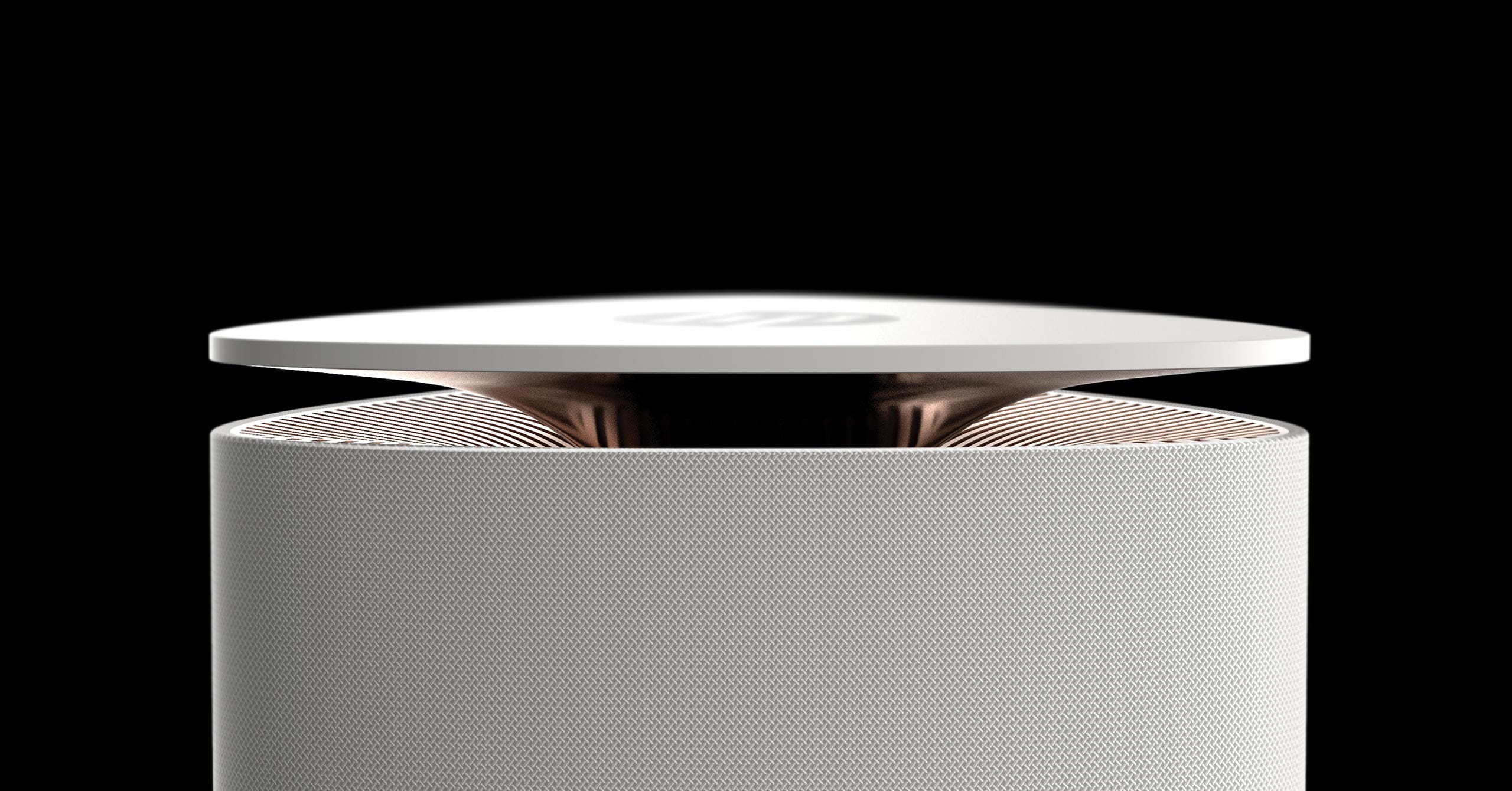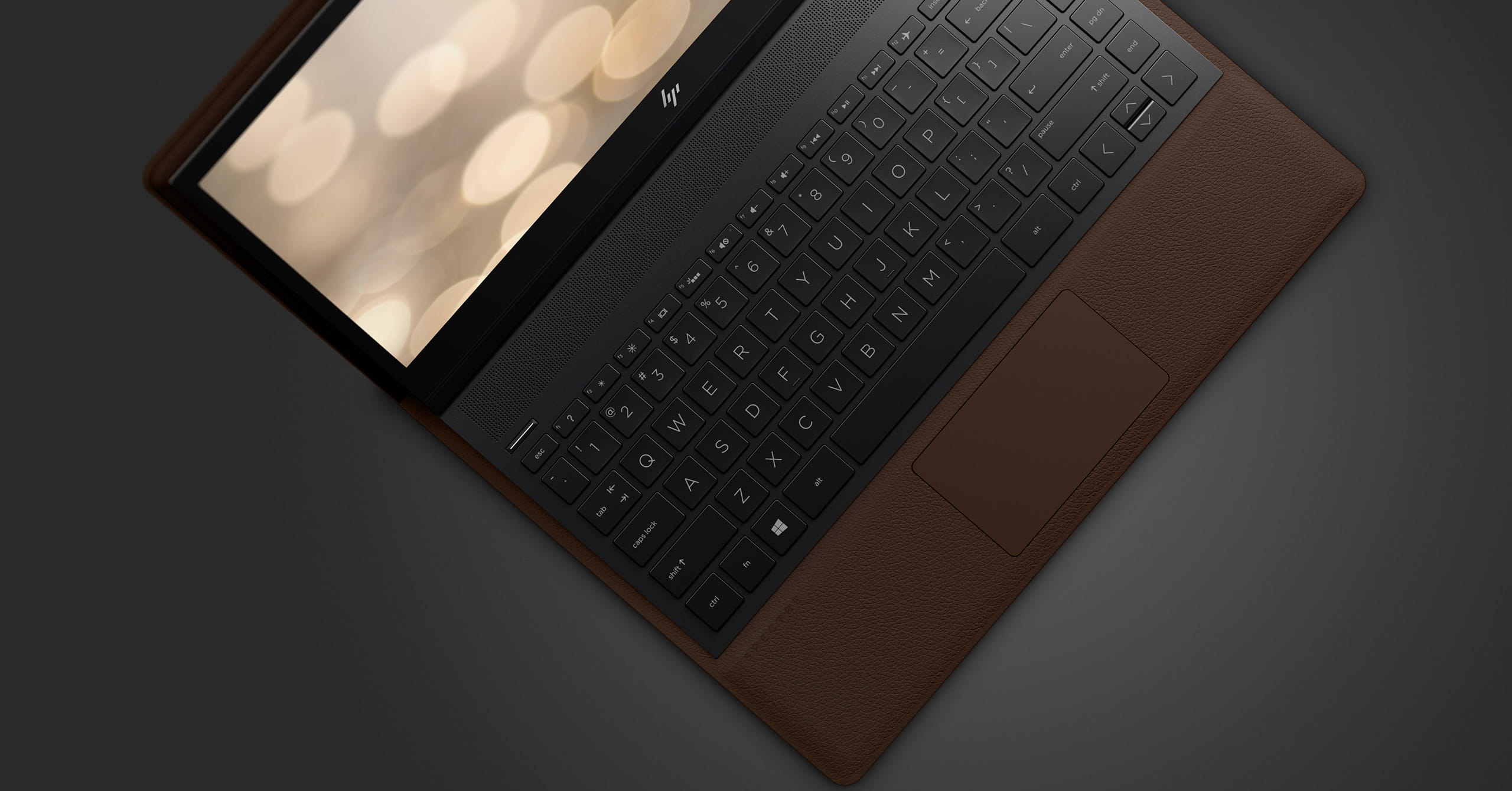

“Time to kiss your computer goodbye?” was the headline in Forbes. Apple dominated the market, and was widely considered to be the only real player in the industry. The PC was dead. Long live the PC?
When we were brought in by their CEO, it would have been unthinkable for HP to equal Apple’s Net Promoter score. Yet in that short time, HP achieved this by transforming itself into a business which sees innovation, quality and the creation of desirable, premium products as intrinsic to the future of their company. That, in essence, is the radical outcome of all the work we have done in collaboration with the team at HP.
Transformation doesn’t happen overnight, it requires solid foundations, and so the first stage of our collaboration was to define the design language which would inform all future work. To that end we developed PHI – Progressive, Harmonious, Iconic: a design system created to unify the brand and provide a strategy for all new product development. Beginning with Progressive, the team and company focussed on delivering products that were better, faster and higher quality. Next came Harmonious, ensuring the entire portfolio was cohesive and understandable, across both the commercial and consumer divisions. And lastly, when all previous steps had been consistently implemented, we moved to Iconic.
“I want to retain the finest design firm in the world to work on our products” CEO, Hewlett Packard

Spectre 360 was the first product to combine all aspects of PHI, rapidly becoming the most successful product HP had ever made and outselling its competitors by 10 to 1. This pivotal moment clearly demonstrated what could be achieved with a cohesive strategy: showing the industry what was possible. The creation of the world’s first curved 34” all-in-one took this possibility even further, proving beyond doubt the authenticity of HP’s transformation.
The notebook was perceived to be a finished product with tablets and two-in-ones gaining considerable market share. The reengineering and redesign of the Spectre changed all that. As the thinnest notebook in the world at only 10mm thick, with a price point of $2000+, Spectre was far beyond anything HP had previously offered. It sold out within months.


In 2015, HP’s gaming PC revenue was $81 million. By 2016, with the introduction of the Omen, that had increased by 621%. All of this extraordinary change was made possible by the relentless application of quality, integrity and attention to detail. For the first time in their illustrious history, HP products were now being routinely described as ‘beautiful’ and ‘game-changing’ and with the launch of Spectre Folio we continue the journey. When this becomes the new normal, a brand can truly claim to have transformed.
Over the last five years, Native and Stacy Wolff’s group at HP have forged one of the world’s strongest design teams: true collaboration and a shared sense of purpose have allowed them to surpass all their business aspirations. But, of course, this is only the start.
And while it might seem like hubris to credit a 350% share price increase to the power of design alone, it’s entirely clear how this was achieved: when it comes to transforming a company, those who do beat those who say, every time.


We collect anonymous data from your visit to native.com to help improve our website.
For more information, please see our Privacy page.